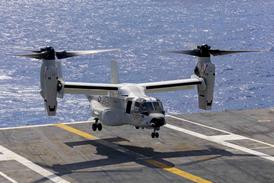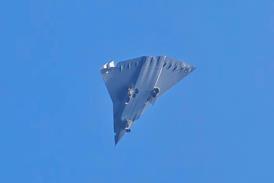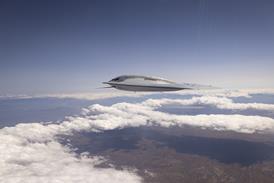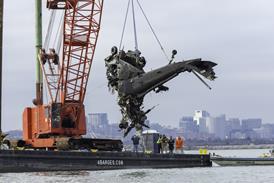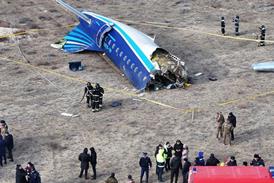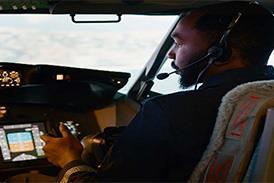A new report highlights the People’s Liberation Army’s (PLA’s) growing ambitions for unmanned air vehicles (UAVs), while also underscoring the significant challenges China faces in integrating these systems across its military branches.
Published by the China Aerospace Studies Institute and authored by Caroline Tirk and Eli Tirk, the report draws from Chinese-language sources to assess the PLA’s evolving concepts for UAV employment in modern warfare. It notes that all PLA services are investing in UAVs to support both kinetic and information-based operations.
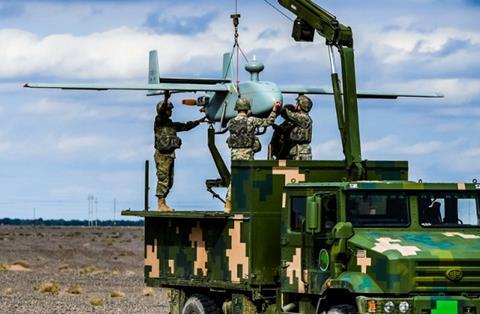
“For a force seeking to take such a massive conceptual and technological leap, it cannot be assumed that operational integration and readiness of new advanced platforms is advancing at the same pace as technical innovation,” the report says.
From a PLA perspective, UAVs are valued primarily for their intelligence, surveillance and reconnaissance (ISR) capabilities, particularly in complex electromagnetic environments. ISR-enabled UAVs provide situational awareness, enable precision fires, and allow ground forces to safely manoeuvre. However, the integration of various UAV platforms across PLA units remains a major hurdle.
“While PLA authors view UAV-supplied ISR as an important enabler of future multi-domain joint operations, the PLA appears to be struggling to integrate UAVs into joint multi-domain operations due to technical and cultural factors, making the establishment of a truly joint kill-web still aspirational,” the report notes.
Challenges include the lack of standardised UAV deployment procedures and persistent difficulties in shipboard UAV integration, such as take-off, landing, and storage limitations on naval vessels.
The report also emphasises the PLA’s focus on UAVs in electronic warfare (EW), particularly in light of operational lessons from the Russia-Ukraine war. PLA analysts have closely studied the use of UAVs for electromagnetic spectrum dominance and battlefield awareness.
Still, Chinese military thinkers remain concerned about the vulnerabilities of algorithm-driven UAV systems, warning that adversaries could exploit or spoof these systems to feed false data into kill chains and planning processes.




